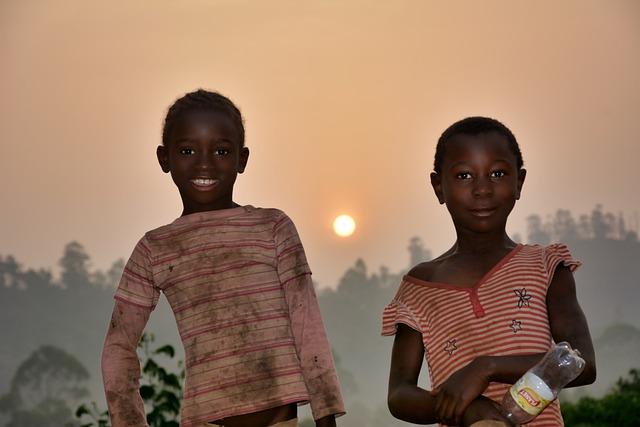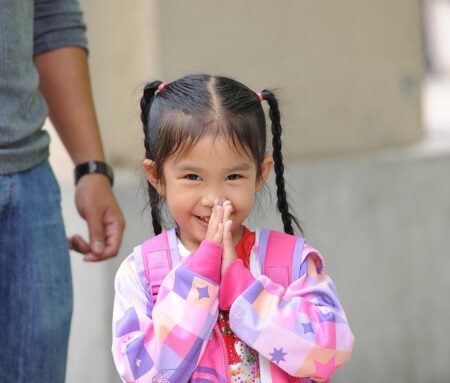Hope for Cameroon’s Children – Just Not Enough
In the heart of Central Africa, Cameroon faces a deeply entrenched crisis that jeopardizes the future of it’s youngest citizens. Despite numerous efforts and international attention aimed at improving the plight of children, notable challenges persist, undermining the progress that has been made. From the impact of armed conflict in the English-speaking regions to the economic strains exacerbated by the COVID-19 pandemic, the barriers to a brighter future for Cameroon‚Äôs children seem insurmountable. Educational access, healthcare services, and basic nutritional needs remain painfully inadequate, leaving many children vulnerable and without the support necessary to thrive. This article delves into the current state of children’s rights in Cameroon, exploring both the glimmers of hope emerging from grassroots initiatives and the systemic issues that continue to stifle change. As the country strives for a better tomorrow, the urgency of addressing these challenges cannot be overstated ‚Äì for the sake of its children and the promise of a more resilient society.
Hope for Cameroon’s Children Amidst Struggles

In the heart of Cameroon, the resilience of children shines amidst overwhelming challenges. Despite facing systemic issues such as poverty, inadequate educational resources, and the impacts of conflict, many young Cameroonians are determined to chart a brighter future. Local NGOs and community-driven initiatives play a pivotal role, providing not only basic needs but also emotional and psychological support. Through after-school programs and workshops, children are given a platform to express their creativity and aspirations, igniting a spark of hope and determination. These programs focus on:
- Access to Education: Scholarships and free tutoring are offered to mitigate the barriers posed by financial constraints.
- Empowerment Programs: Life skills workshops help instill confidence and prepare children for the workforce.
- Community Engagement: Children are encouraged to participate in local projects,fostering a sense of belonging and obligation.
Moreover, the commitment of international organizations to support local efforts has transformed many areas, ensuring that not only basic necessities but also enduring development goals are addressed. These partnerships help to establish vital infrastructure, such as wells and classrooms, helping to alleviate some of the most pressing issues the youth face. while challenges remain significant, the collective efforts aimed at nurturing the potential of Cameroon’s children illuminate a path towards greater prospect. Key initiatives include:
| Initiative | Focus Area | Impact |
|---|---|---|
| Hope for Youth | Education & Training | Improved literacy rates and vocational skills. |
| Safe Spaces Project | Mental Health & Well-being | Increased emotional support and resilience. |
| Future Leaders | Leadership development | Empowered youth ready for community leadership. |
Education Disparities: bridging the Gap for Future Generations
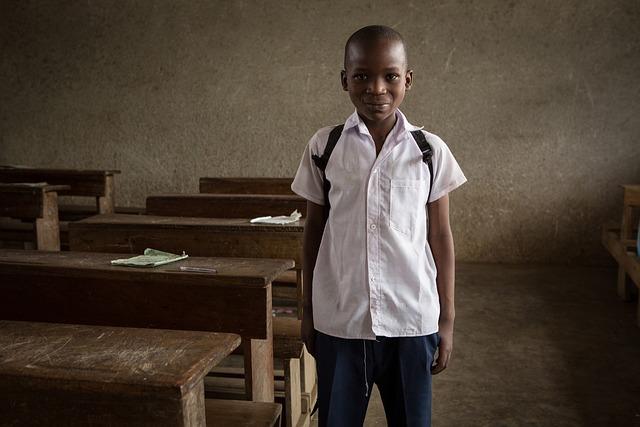
In Cameroon, the educational landscape is marred by significant disparities that hinder the potential of countless children. Access to quality education varies drastically depending on geographic location, socioeconomic status, and gender. Many rural communities lack basic educational infrastructure, such as schools, trained teachers, and learning materials. Key factors contributing to these disparities include:
- Geographical barriers: Remote areas ofen have limited access to transportation, making it challenging for children to reach schools.
- Economic constraints: Families facing poverty prioritize immediate needs, such as food, over educational expenses.
- Gender biases: Cultural norms in certain regions may lead to fewer opportunities for girls to pursue education.
The need to bridge this divide is urgent. Innovative approaches are necessary to ensure equitable access to education for all children. Mobile schooling units, community-based learning initiatives, and partnerships with non-governmental organizations are becoming essential solutions. In this context,a collaborative framework among stakeholders can drive real change. A recent initiative aimed at distributing educational resources and training teachers in underserved areas seeks to tackle these challenges head-on. A rapid overview of the initiatives and their impactful outcomes can be summarized in the table below:
| Initiative | Target Group | Outcome |
|---|---|---|
| Mobile Learning Units | Rural Children | Increased school enrollment |
| Community Education Workshops | parents & Teachers | Enhanced teaching methods |
| Girls’ Education Programs | girls in Remote Areas | Higher retention rates |
Healthcare Access: Essential Services and Unmet Needs

In Cameroon, the disparity in healthcare access is stark, revealing critical gaps that hinder the well-being of the nation’s youth. Essential services such as immunizations, maternal care, and nutrition programs are frequently underfunded and overstretched, leaving vulnerable populations without the support they desperately need. many children suffer from preventable diseases due to lack of access to vaccines, while maternal mortality rates remain alarmingly high, primarily attributed to inadequate healthcare facilities in rural areas. Additionally, the shortage of trained healthcare professionals exacerbates the situation, with many practitioners overburdened and unable to provide thorough care.
Moreover, the challenges extend beyond immediate medical needs.The lack of mental health resources and health education compounds the crises faced by families, creating a cycle of neglect and desperation. Community awareness programs often fail to reach remote villages, and when they do, misinformation about healthcare practices can deter families from seeking vital services.A table showcasing the current healthcare metrics and unmet needs can highlight these disparities effectively, underscoring the urgent need for systemic reform and investment in healthcare infrastructure.
| Healthcare Metric | Current Status | Unmet Need |
|---|---|---|
| Child Immunization Rate | 55% | 70% by 2025 |
| Maternal Mortality Rate | 596 deaths/100,000 live births | Below 300 deaths |
| Trained Healthcare Workers per 1,000 | 0.2 | 2.5 |
The Role of Communities in Supporting Child Development
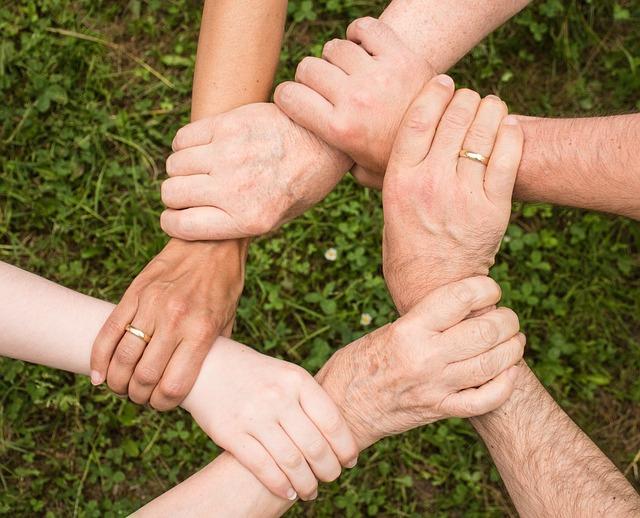
communities play a pivotal role in the holistic development of children by creating a nurturing environment where they can thrive. Local initiatives, such as community centers and after-school programs, foster social cohesion and provide essential resources that may be lacking in schools. These efforts often include:
- Parental Support Groups: Encouraging family involvement in educational activities.
- Health Campaigns: Offering immunizations and nutritional guidance to ensure children’s well-being.
- Cultural Activities: Strengthening identity and confidence through arts and traditional practices.
Moreover, proactive community participation can mitigate the challenges faced by children, particularly in marginalized areas. By pooling resources and knowledge, communities can implement local solutions that address educational deficits and social challenges. key strategies include:
| Community Strategy | Description |
|---|---|
| Mentorship Programs | Connecting children with local role models to inspire and guide. |
| Scholarship Initiatives | Providing financial assistance for children’s education and materials. |
| Skill-Building Workshops | enhancing practical skills through community-led training sessions. |
Policy Recommendations for Improved Child Welfare

To effectively address the myriad challenges facing children in Cameroon, a robust set of policy interventions is essential. These interventions should focus on strengthening legal frameworks and enhancing resource allocation to child welfare programs. Key recommendations include:
- Enhancing Legal Protection: Draft and enforce comprehensive legislation that safeguards children’s rights and ensures accountability for violations.
- Increasing Funding: Allocate adequate resources to education, healthcare, and social services to meet the diverse needs of children, especially in marginalized communities.
- Community Engagement: Foster partnerships with local NGOs and communities to design and implement programs tailored to their specific needs and challenges.
Along with these foundational policies, developing systematic monitoring and evaluation frameworks is crucial for assessing the impact of implemented initiatives. This could be achieved through:
| Strategy | Purpose |
|---|---|
| Regular Data Collection | To track progress and identify gaps in child welfare initiatives. |
| Stakeholder Feedback Mechanisms | To gather insights from children, families, and communities on the effectiveness of policies. |
By prioritizing these recommendations, Cameroon can pave the way for sustainable improvements in child welfare, ensuring every child has the opportunity to thrive.
leveraging International Support for Sustainable Change
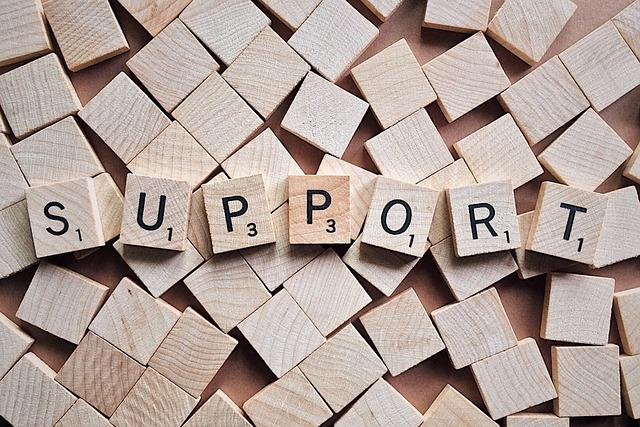
In the quest for sustainable change in Cameroon, international support plays a crucial role in addressing the complex challenges faced by the country’s children. Collaborations among government agencies, non-governmental organizations (NGOs), and foreign aid can create a multifaceted approach to enhancing child welfare. strategies that have proven effective include:
- Capacity Building: Training local educators and health workers to improve education and healthcare systems.
- Resource Allocation: Ensuring that essential supplies and materials are delivered to underserved areas.
- Community Engagement: mobilizing local populations to participate in decision-making processes for initiatives that directly impact their children.
A obvious and integrated framework for international cooperation can significantly enhance the impact of these efforts. Developing measurable outcomes helps in assessing which interventions are most effective, allowing for adjustments based on real-time feedback. An example of this can be illustrated through the following table, which outlines key indicators and their current status:
| Indicator | Current Status | Desired Target |
|---|---|---|
| Primary School Enrollment Rate | 80% | 95% |
| Child Malnutrition Rate | 25% | 10% |
| access to Clean Water | 70% | 100% |
Future Outlook
while there are glimmers of hope for Cameroon’s children amidst the challenges they face, it is evident that current efforts remain insufficient to meet their needs comprehensively. The ongoing conflicts, economic instability, and educational barriers combine to create an environment where many young lives are overshadowed by uncertainty and lack of opportunity. As stakeholders—from government bodies to international organizations—continue to engage with the situation, it is indeed crucial that they prioritize sustainable solutions that address both immediate needs and long-term development. Only through concerted and coherent action can the potential of Cameroon’s children be fully realized, ensuring they not only survive but thrive as the architects of a brighter future.The time for scalable and effective interventions is now, as the well-being of a generation depends on the choices made today.

